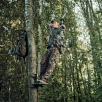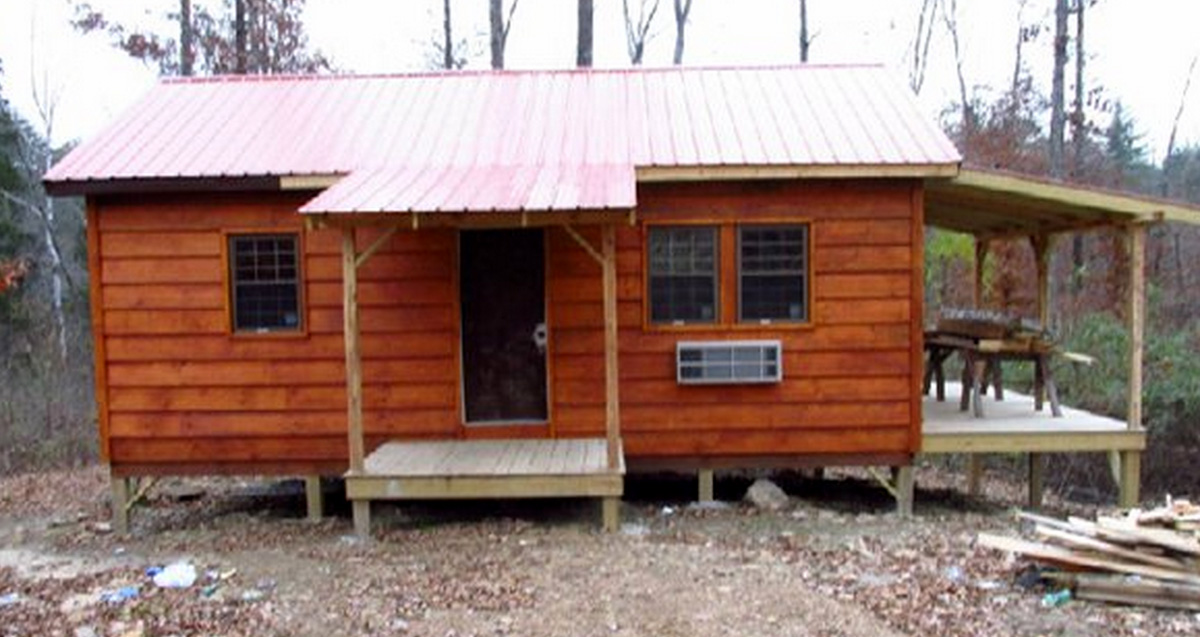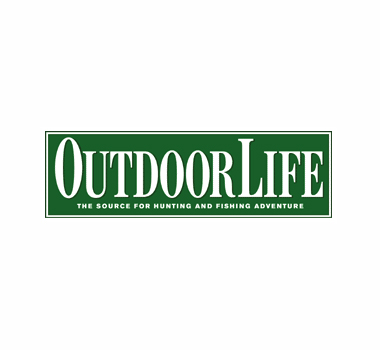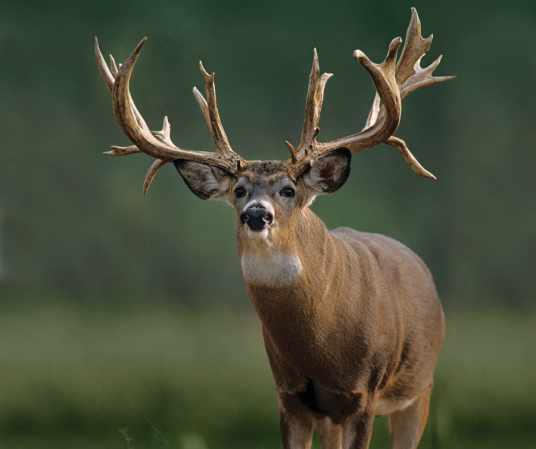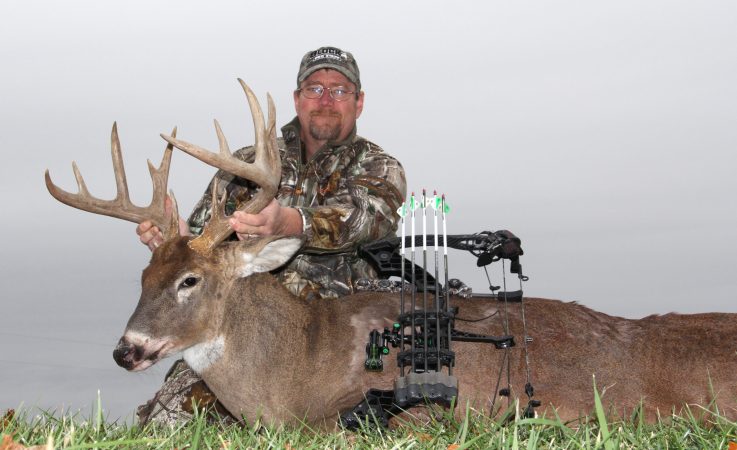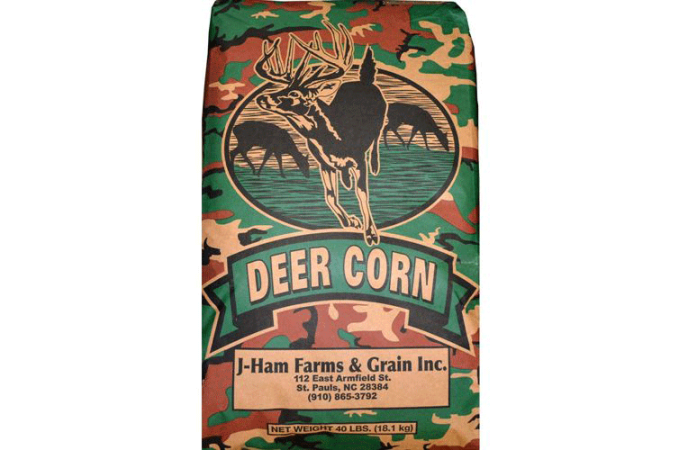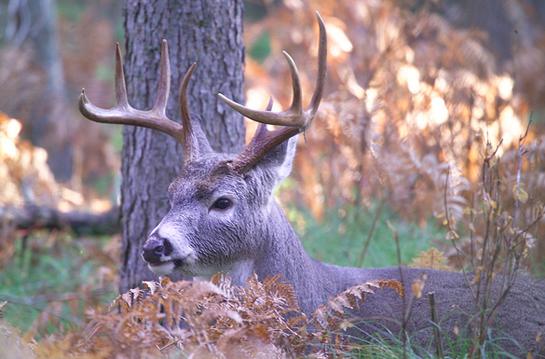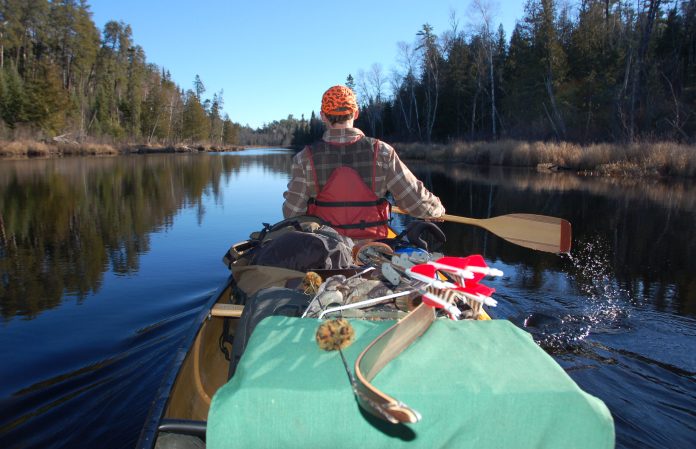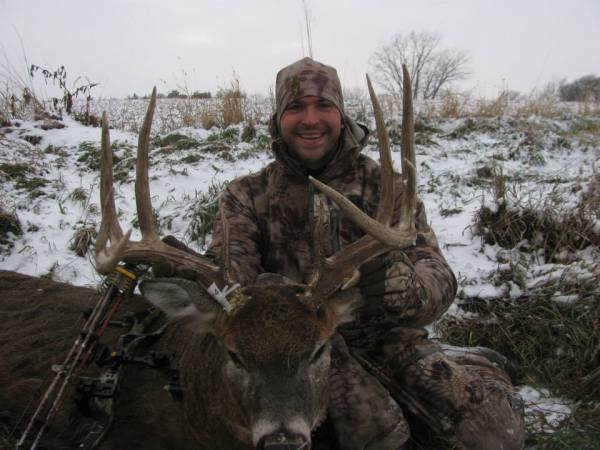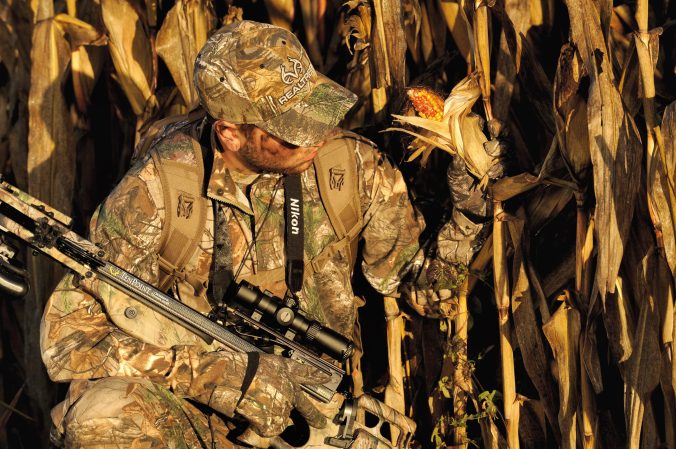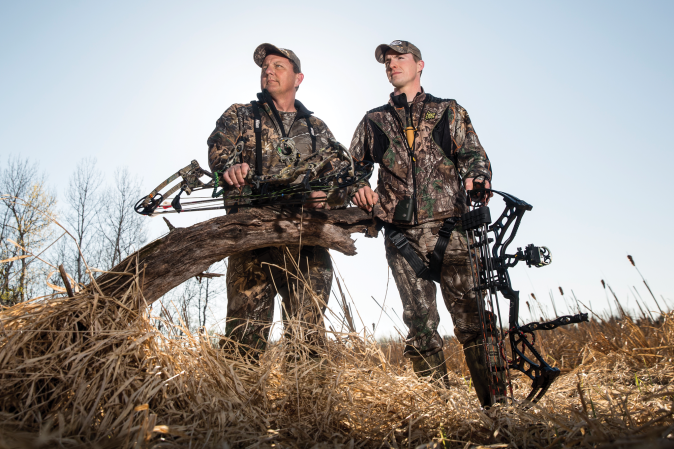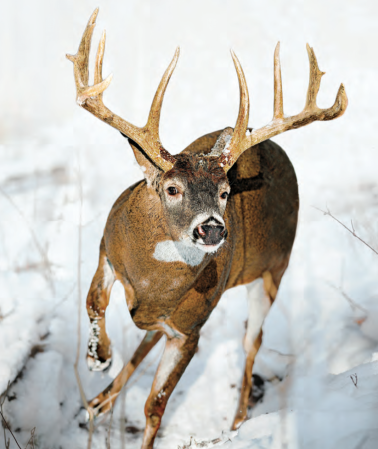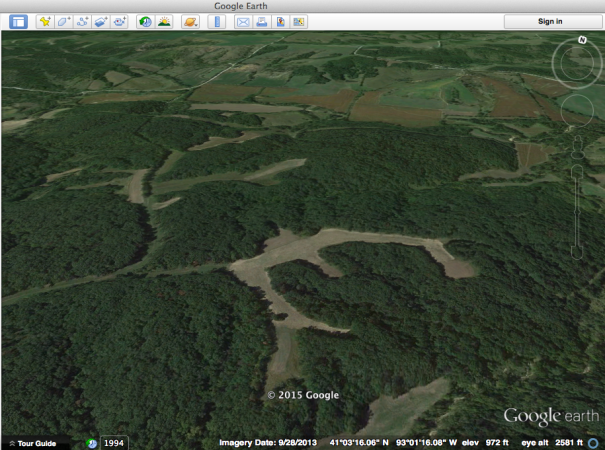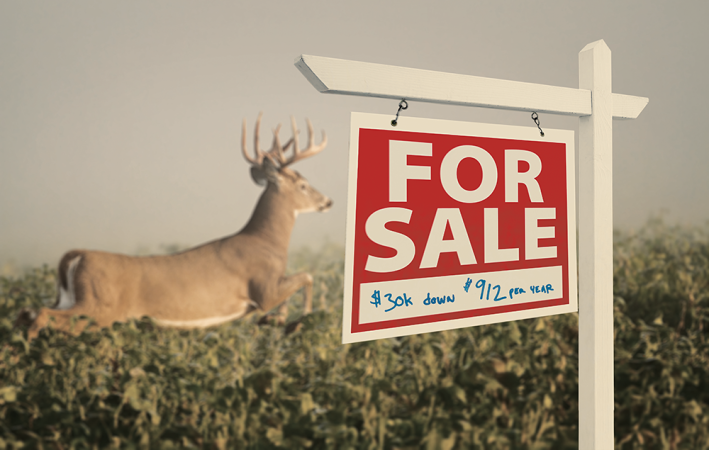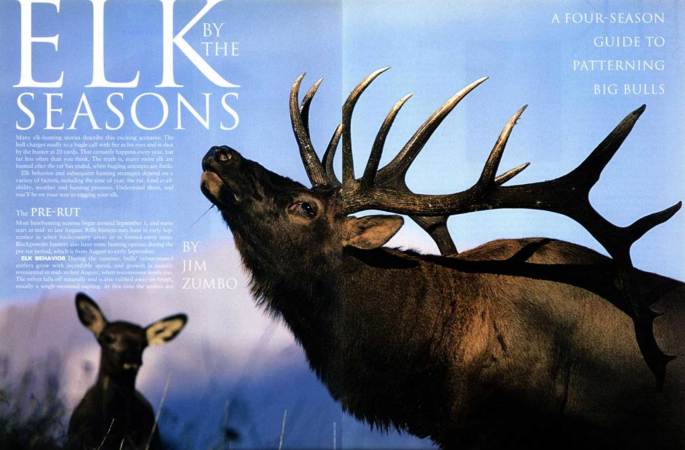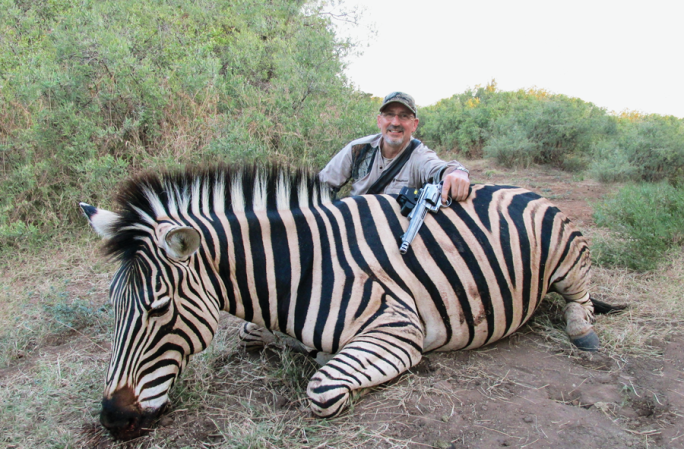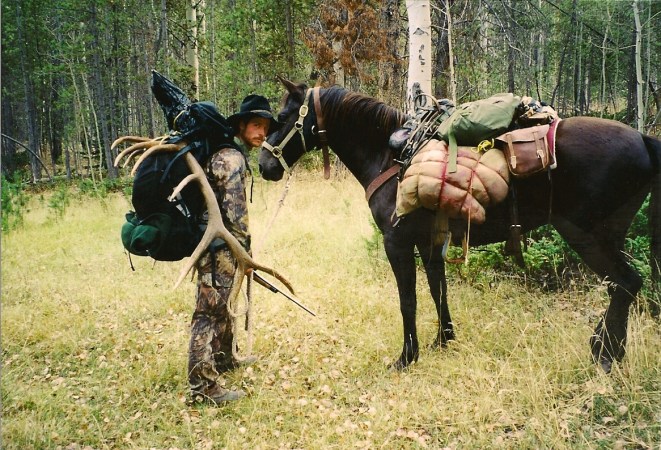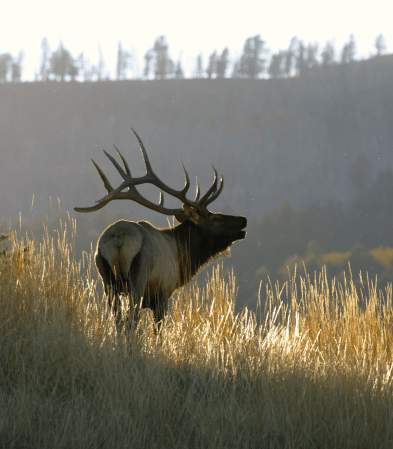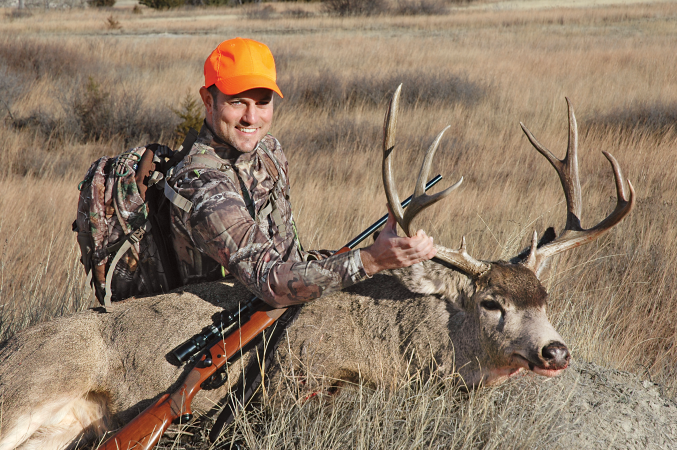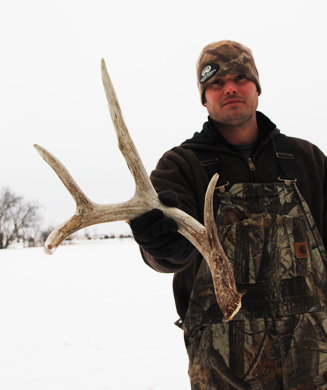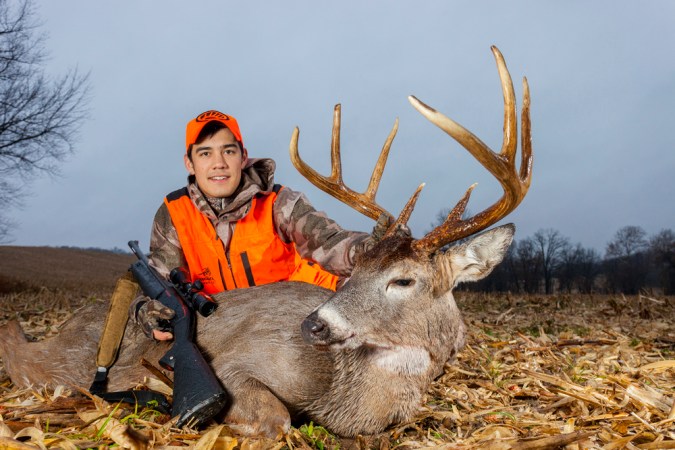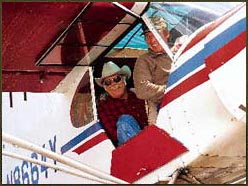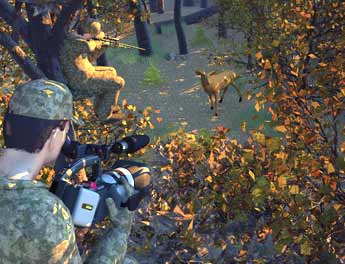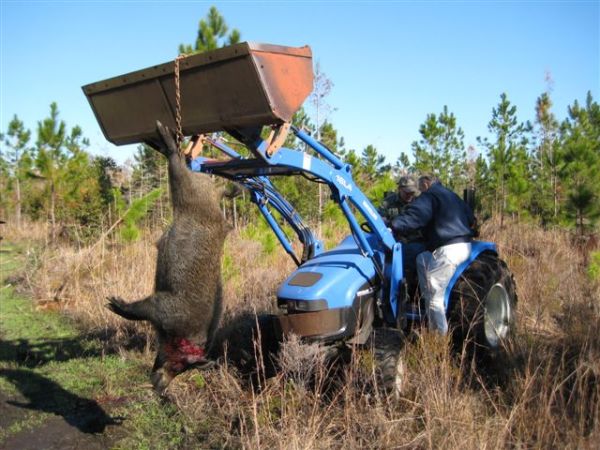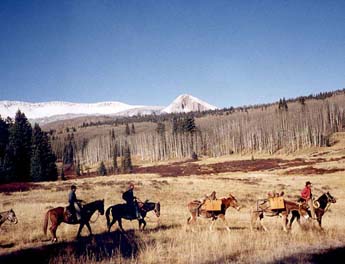I seem to enjoy anguish.
I must. Otherwise I would not continually torture myself by spending my evenings scouring online outlets for pieces of prime hunting land for sale while my wife and kids debate the merits of the latest American Idol contestants.
But I do. I look at ground in Iowa, in Kansas, in Ohio. I check out listings in Oklahoma, Kentucky and Nebraska.
Sometimes I play the “Okay, you just won $25 million on a scratch-off ticket. You can buy three properties. Go.”
But here’s reality. I did just win some cash on a scratch-off ticket. I slapped down a fiver while picking up a 3-pack of Bosco Sticks at the gas station yesterday as part of a freelancer writer’s power lunch. The ticket was a winner.
I got my $5 back.
Which means my current budget for buying another chunk of hunting land increased by 0 percent.
Regardless, I continue to look for hunting land. While I do spend time looking at those dream acreages that boast marketable timber, income-producing tillable land and lucrative CRP contracts, I actually focus more on finding those small, affordable pieces with the potential of hunting much bigger than their boundaries.
And that’s the focus this week: How to locate a property you can afford and will open up additional acres for hunting.
I recently saw one such parcel featured in a blog entry from Whitetail Properties focusing on Top 10 properties under $100,000. It was a 14-acre parcel in Iowa that included a lifetime hunting lease on an adjoining 26 acres. Now that’s an interesting piece of ground. But, at $56,000, is still a fair bit out of the price range of my $5 winning lottery ticket.
So I figured I’d steal a concept and do it up Micro Manager style and offer this list of three small properties with potential to hunt much bigger. And I’ll keep the list under $40,000.
1) Ohio Forest Access: 5.4 acres for $39,900
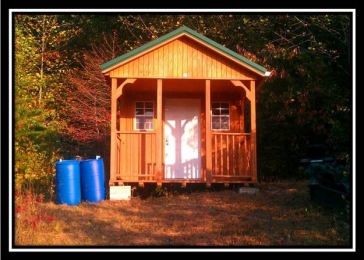
So you’re going to notice a theme to all of these entries: Small acreages that provide access to large acreages. This is a formula that can be used to own a piece of hunting land you can afford while still having prime access to a big area. There are some tricks to this trade and I’ll cover a few as we go. Starting with this one.
This 5.4-acre piece in Ohio’s Athens County butts up to the Wayne National Forest. Pay for 5 acres (and a cabin) and you can hunt tens of thousands of acres. The key to look for is how easily accessible that particular portion of the forest is. If your private land allows access to an area that’s more than a mile from an obvious public access location, you could be in the chips. You don’t want to buy land bordering public land that’s covered in trails and access points. You want to buy land that borders public land that’s hard to access.
2) Hoosier Hunting: 2 acres with cabin for $39,500
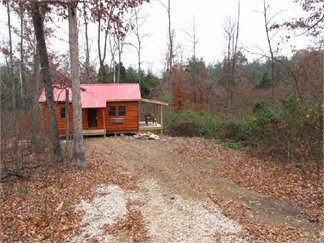
Yes, $39,000 is a lot for two acres. But, again, you have to look beyond the property boundaries. The Hoosier National Forest borders this property and it’s a big area with big timber and big deer. Access is key. The cabin looks nice and is under construction. Which is another savings – buy it as-is and save.
Access in this forest isn’t easy. It’s rough, rugged terrain. This parcel lies on the backside of several hollers that should greatly reduce pressure from hunters entering from the public access roads and trails. Winner.
3) Wisconsin Wonder: 9 acres for $26,500
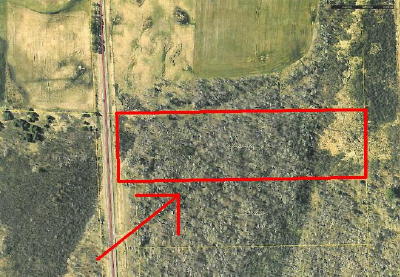
This might be my favorite piece on the list. It’s located in north-central Wisconsin, a state that’s dominated the Boone and Crockett records over the years but has had its share of deer-related issues of late. That means Wisconsin might not be seeing the type of hunting pressure it once was. And that can be a good thing.
This small property borders DNR-owned land and that’s a key consideration here. There is other public land nearby including a large national forest. In my experience, most hunters will gravitate towards the biggest public areas. Which means this smaller state-owned land (though it’s still a sizeable area) could have less hunting pressure.
Add in the fact that this area doesn’t have an abundance of agriculture, and you have a great recipe for small-property success. Clear a couple of areas for food plots on your private ground, access the public ground from a direction others can’t and I’d bet you’ll kill a buck or two.
Sure, I’d love to have listed off a dozen properties that covered hundreds, if not thousands, of acres of prime private land. But it’s just not in the cards (or the budget) for me and probably a whole lot of folks reading this.
So what can you do?
You can determine what it is that you can afford. And you can get creative.
Buy small, hunt big. Not a bad concept, eh?
